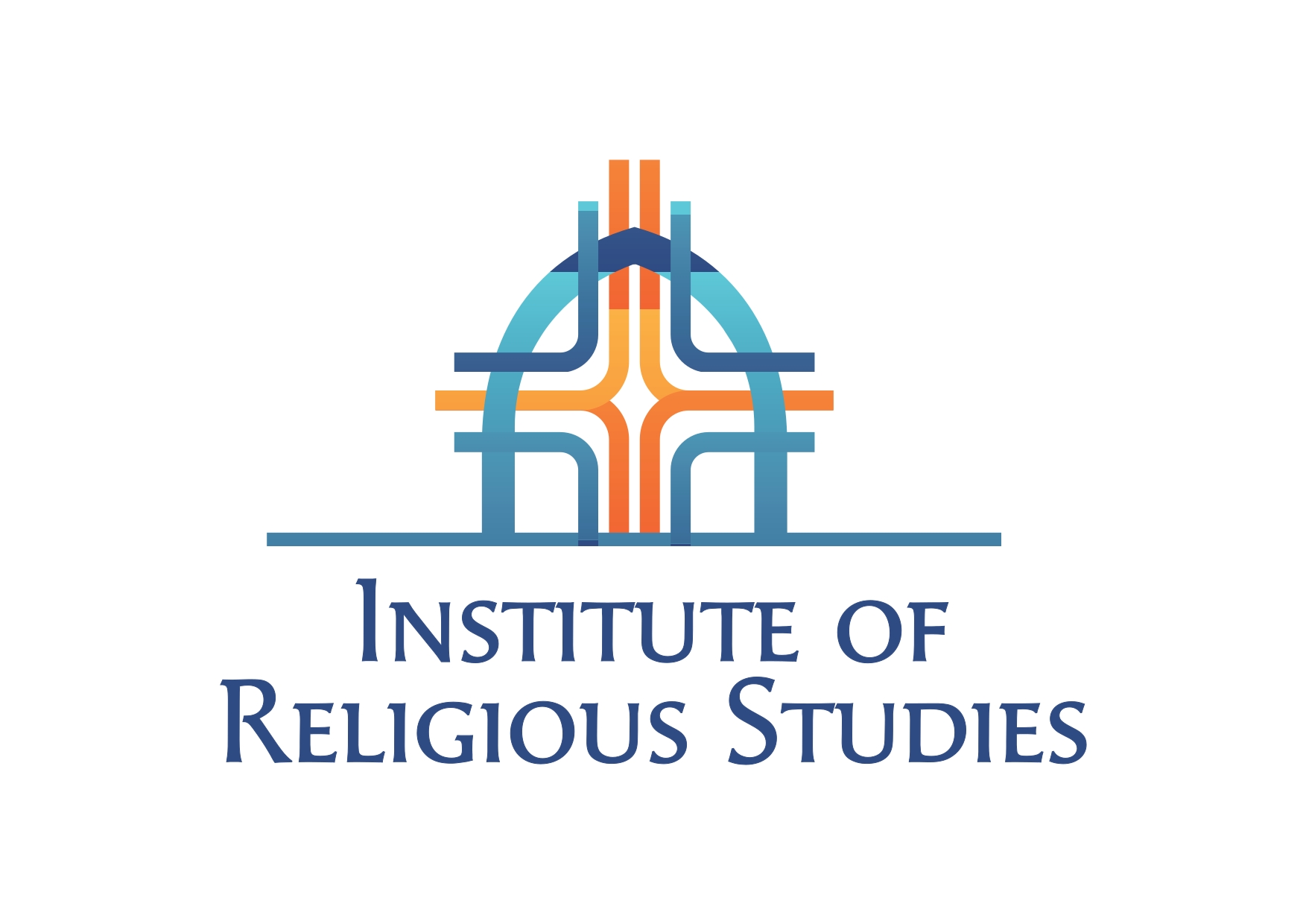Understanding the demographic and sociological characteristics of believers is crucial for the development of church strategies. In our research, we aimed to analyze the evolution over time of the number of Unitarians in Transylvania, their territorial distribution, as well as their socio-demographic characteristics. Census data were utilized for this purpose. The first inquiry was based on published census data, while the second was made possible by accessing a database comprising a random sample of 10% of census data. This database, containing information on over 2 million individuals, allows for the examination of correlations between any two recorded characteristics with minimal margin of error. For our analysis, we utilized a census database from 2011 provided by IPUMS International, which included information on over 5,000 individuals identifying themselves as Unitarian.
In our research, we sought to answer the following questions:
- How will the number of Unitarian Church members change in the long term?
- What is the territorial distribution of Unitarians in Transylvania?
- How do Unitarians integrate into the local community structure in Transylvania?
- What are the most important socio-demographic characteristics of Unitarians compared to the general population?
- How do Unitarians integrate into the social structure?
The research yielded the following two analyses:



